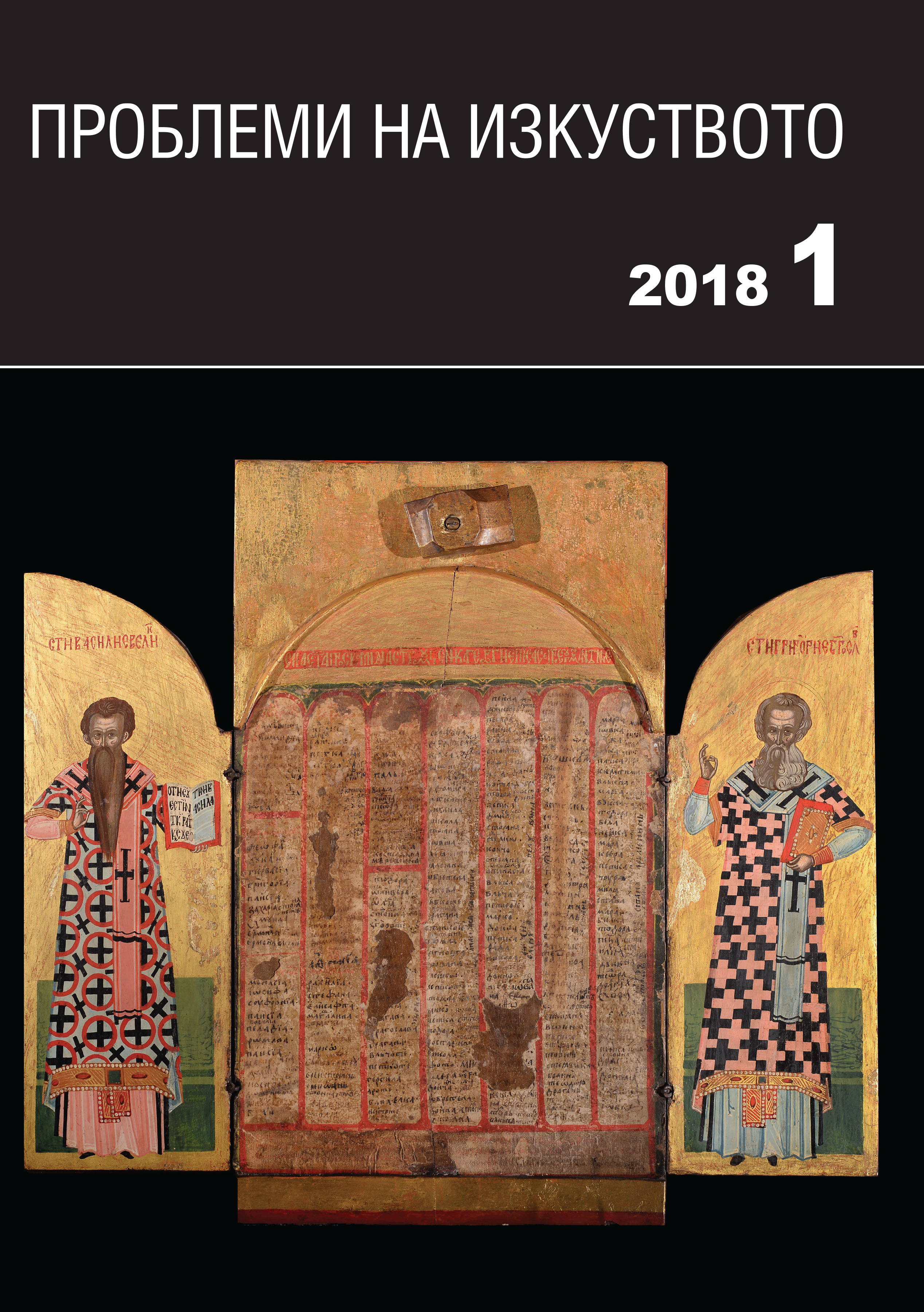Стенописите от Драгалевския и Куриловския манастир от края на ХVІ век и техният художествен контекст
The murals from the Dragalevtsi and Kurilo monasteries of the end of 16th century and their artistic context
Author(s): Biserka Penkova Subject(s): History, Fine Arts / Performing Arts, Visual Arts, Modern Age, Theology and Religion, 16th Century
Published by: Институт за изследване на изкуствата, Българска академия на науките
Summary/Abstract: The article examines four monuments of painting dated in the last years of the 16th century from the district of Sofia. They have been mentioned in the literature but have not been specially examined in relation to the work of one icon-painting team. In 1990s the murals of the second layer in the naos of the Dragalevtsi monastery were removed from the walls and carried onto a new base. On the basis of the preserved fragments and the documentation of the restorers one can reconstruct their initial location and their iconographic program. Some images of prophets are preserved into medallions on the vault and underneath them there are full-length bishops, followed by scenes from the Christological cycle follow. A frieze of medallions with the images of martyrs used to run underneath, and some full-length saints were depicted in the lowermost register. The partial restoration of the murals in the naos and the altar of the church of the Kurilo monastery from 1596 over the past couple of years has enabled one to compare them to the fragments from the Dragalevtsi church and to demonstrate that the two monuments belong to the same icon-painting team. They follow the same system of allocation of the murals on the walls, the same iconographic schemes and stylistic peculiarities. The Kurilo murals are characterized by a greater diversity in the scenes and the use of exquisite ornamental motives. They are the work of two icon-painters who worked together but one can easily discern their hands: the one who worked in the arch is more negligent and expressive while the other one is more precise. He has a rather icon-painting manner and maybe he was the leading one. The murals in the Kurilo monastery deserve a separate study which will not become possible until they are fully revealed and restored. In 1595, before he painted the Kurilo church the lead icon-painter painted the hagiographic icon of Saint John the Baptist which is today in the collection of the State Historical Museum in Moscow, and the triptych beadroll for the Kremikovtsi monastery. Both monuments are published but have not been studied in relation to the murals from the Dragalevtsi and Kurilo monasteries. The analysis shows a number of stylistic and iconographic similarities and demonstrates that they are the work of the same team. So far one cannot tell where that team was formed but one can certainly trace out the development of at least the lead artist in later monuments such as the churches in Zervat, Dobarsko, the Slivnitsa Monastery and the Seslavtsi Monastery.
Journal: Проблеми на изкуството
- Issue Year: 2018
- Issue No: 1
- Page Range: 47-58
- Page Count: 12
- Language: Bulgarian
- Content File-PDF

